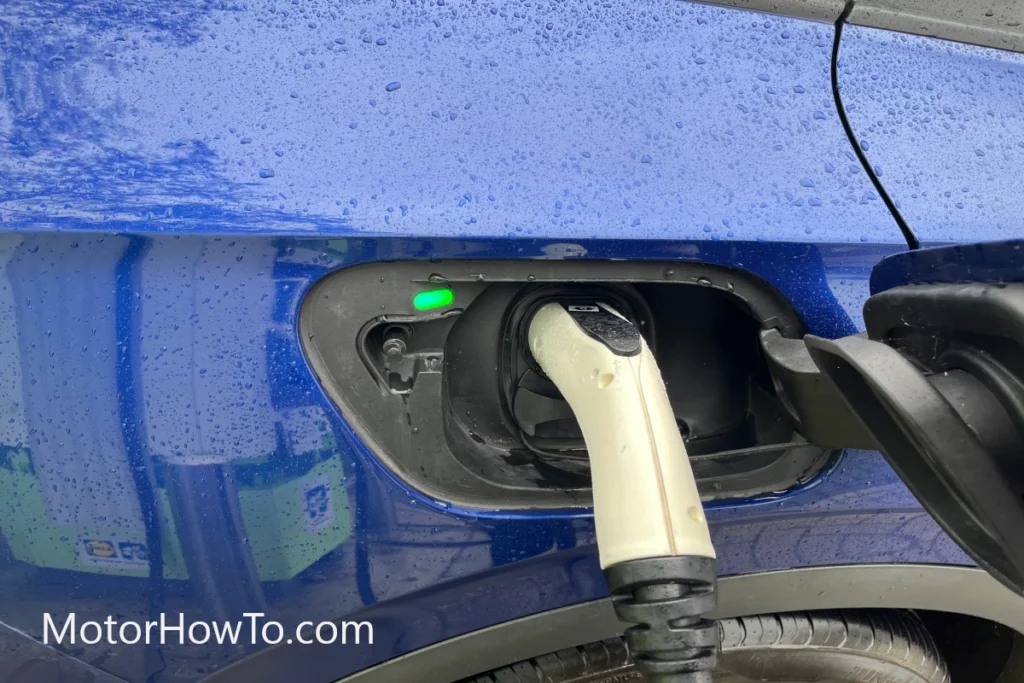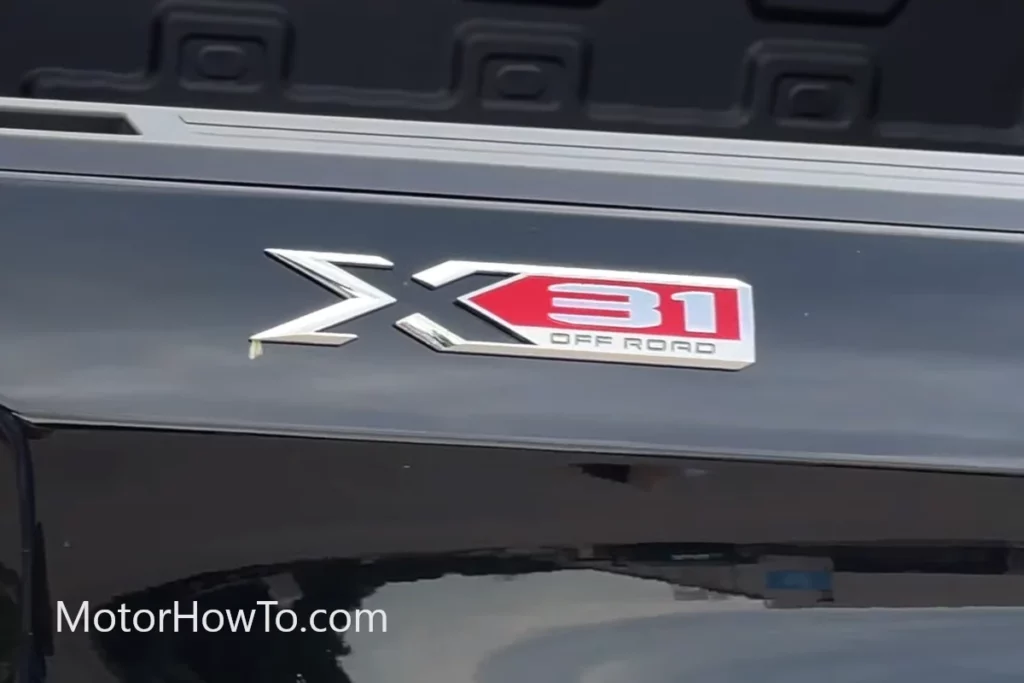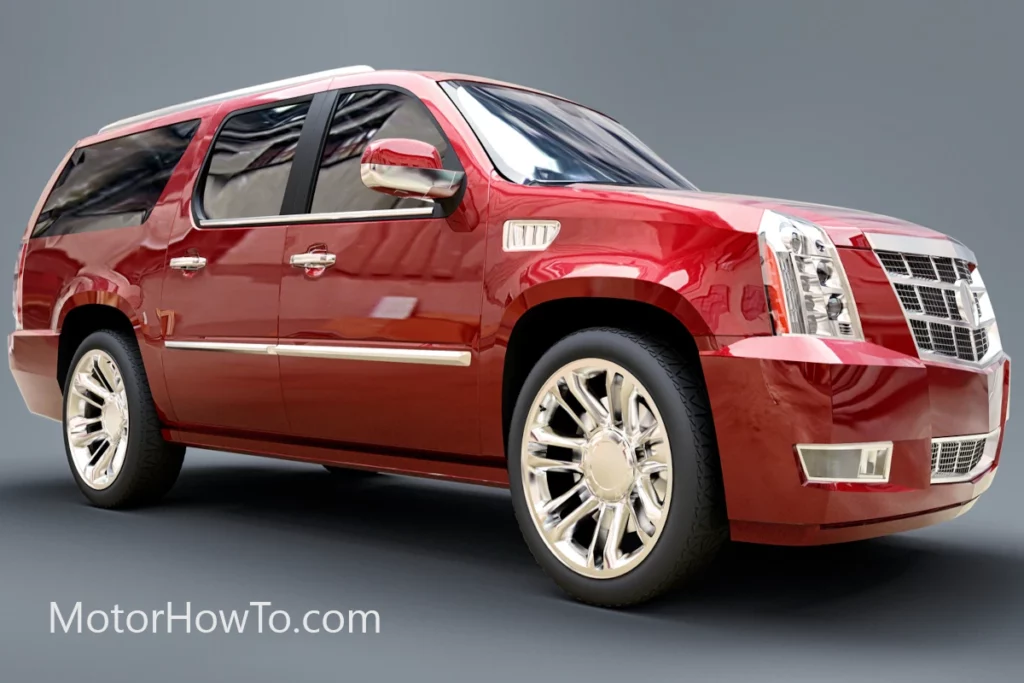When winter is approaching and you are still on the road doing your usual everyday driving, one of the things you may notice is not only how cold the weather is but also how often your TPMS tends to light up on your dash board.
Now, we all know that the TPMS is there to detect a drop in the air pressure in your tires but this might be something that tends to happen a bit more often when the weather is cold. So, can cold weather actually cause the TPMS to malfunction?
Can Cold Weather Cause TPMS To Malfunction?
The cold weather on its own won’t cause the TPMS to malfunction. However, what the cold weather can do is, momentarily cause a drop in the air pressure in your car such that the TPMS would detect a low pressure in your tires. But the air pressure should naturally return to normal as the vehicle operates.
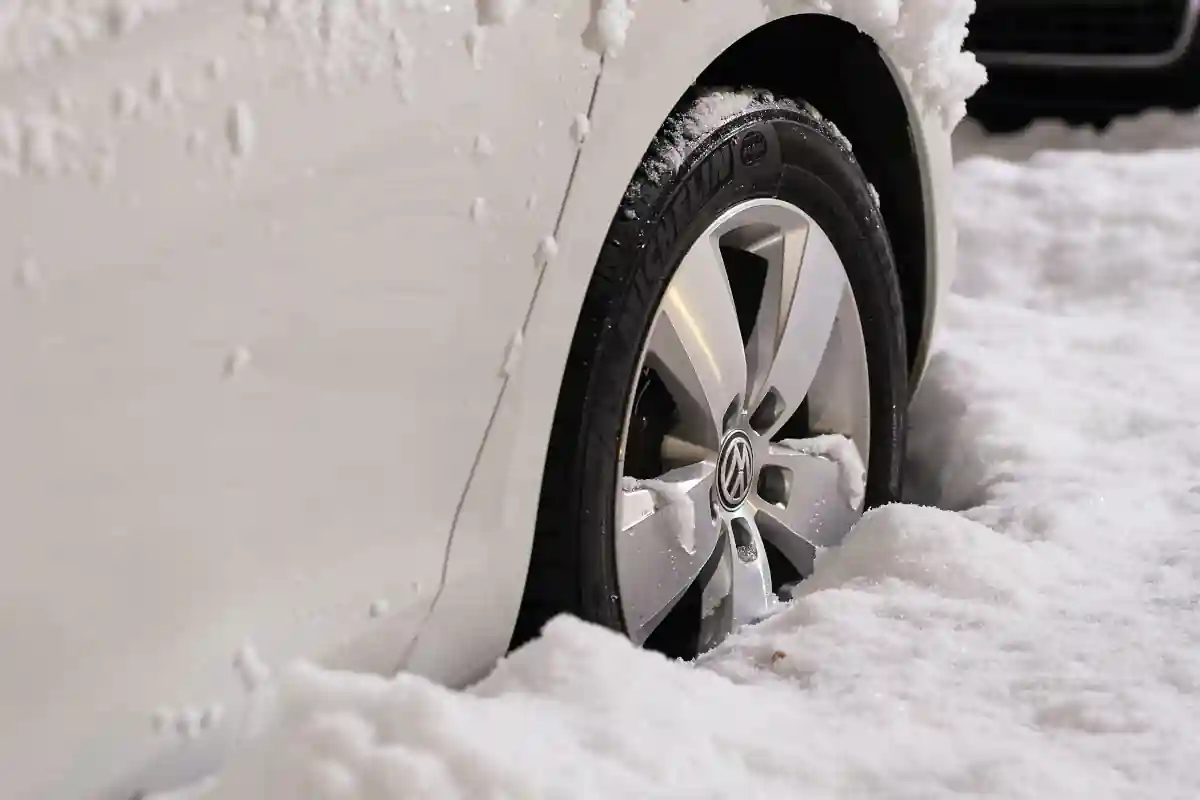
You might think that the cold weather is actually damaging the TPMS sensors or is causing them to malfunction especially when the light on your dashboard is always turned on during winter.
However, what you need to understand is that this is something that is quite normal when the weather is cold. As such, there is nothing to worry about the TPMS light turning on almost every time you start your car.
Related:
- Can You Replace TPMS With Regular Valve Stems? (Complete Guide)
- Do Spare Tires Have TPMS? (Explained!)
- Will Car Pass Inspection With TPMS Light On? (All States)
Will my tire pressure light go off when it’s cold?
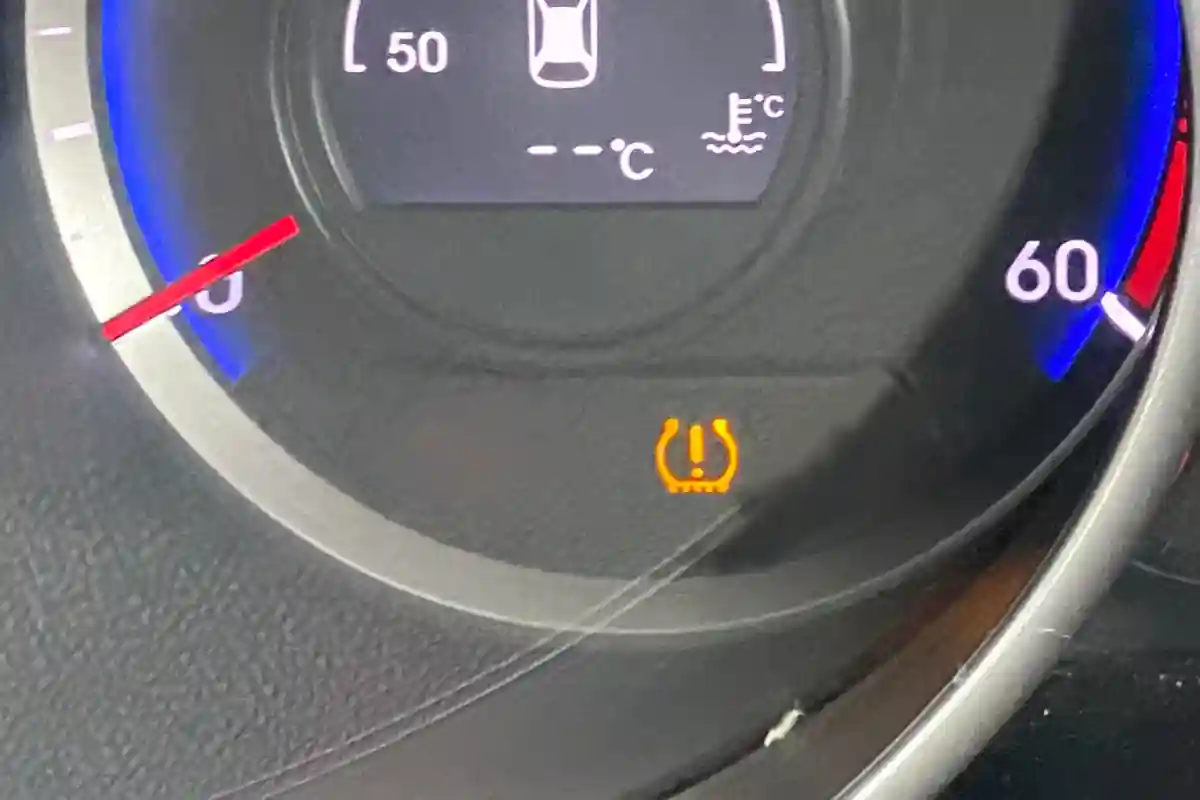
Everyone knows that you need to have enough air pressure in your tires because you don’t want to end up getting into an accident when you lose control of your car due to a flat or blown-out tire.
As such, you always have to make sure that your tires have enough air pressure in them. This was something that needed to be done using a gauge in the past or by actually using your eyes to test whether or not the tires are properly inflated.
However, today, we now have the tire pressure monitoring system or TPMS to make it easier for us to monitor the air pressure in our tires.
What the TPMS basically does is that it uses individual sensors that are located in the wheels to provide a real-time feed of the tire pressure.
As such, you will be able to see the air pressure of your tires on a screen on your dash board. And when the tire pressure gets too low, the TPMS will turn on the warning light to remind you that it’s time to fill the tires with air once again.
That said, the tire pressure light should be a good indicator of when you need to fill the tires with air to bring the air pressure to the right levels.
So, the moment the light goes on, make sure to check your tires right away especially when you are in the middle of the road.
However, what if you notice that the light is always on during the colder seasons such as fall or winter? Will the TPMS light turn on because of the cold weather?
In that regard, we have to answer in a manner that is leaning towards yes but not exactly in a way that would indicate that the cold weather is actually the direct reason why the tire pressure light turns on.
While the cold weather does have a role here, what you should know is that the TPMS light will not simply turn on just because the weather is getting cold.
Remember that the TPMS light will only turn on when it detects that the tire pressure is getting low.
As such, just because it is getting cold it doesn’t mean that the TPMS light will immediately turn on. There are still things that you need to understand in that regard.
But make no mistake about it because the TPMS light has a bigger chance of turning on during the colder seasons but it is not directly due to the cold weather.
Can cold weather cause TPMS to malfunction?
So, now that we did establish that the cold weather has an effect that can contribute to how frequently the TPMS light turns on, does that mean that the cold weather is causing the TPMS to malfunction? Well, not exactly.
Again, the cold weather does contribute to the situation but it is not the direct cause of the TPMS light turning on. That’s because the direct cause is still the air pressure in your tires.
However, the cold weather does have an effect that can cause the air pressure in your tires to see a dramatic drop. And that dramatic drop may be the reason why the TPMS light turns on more often during the colder seasons.
Let me explain it in a way that is easy to understand so that you can see why this is something that happens when the winter is fast approaching.
Scientifically speaking, it is well-known that air molecules move more slowly when the temperature is cold. This is something that was taught to use in our basic science classes back when we were still in school.
Essentially, any kind of molecule moves slower when the temperature is cold, and that is why water turns to ice. The cold weather also has a similar effect to air in the sense that the air molecules will end up moving slower when the temperatures are getting colder and colder.
So, in that regard, when the temperatures are cold and your tires are exposed to the cold outside temperature, what happens is that the air inside your tires will move dramatically slower due to the colder weather. Even though the tire is supposed to insulate the air inside the tires, the cold temperature will still affect the air when the car has been exposed to the outside temperatures long enough.
As such, when the tires have been exposed to the cold for about a handful of hours, what happens is that the air molecules in the tires will move slower and will thereby cause a sudden drop in the air pressure.
The drop in the air pressure may be so sudden that the pressure may end up dropping to below 25%, which is the threshold level for the TPMS sensors.
From there, when you do start your car after the tires have been exposed to the outside air long enough, what will happen is that the TPMS sensors will eventually detect that the tire pressure has dropped due to the cold temperature.
And that is what will signal the TPMS light to turn on to warn you that the tire pressure has dropped below the threshold of 25%.
While this may cause some people to panic, the thing you need to know is that this is perfectly fine especially when you made sure that your tires had the right air pressure right after the previous time you drove them.
For example, you will be fine if you drove your car to work during a cold season and made sure that, before parking it outdoors and not using it for eight hours, the tires had the right air pressure.
The reason for this is pretty simple. Your tires didn’t really lose any air due to the cold weather but the air pressure just merely dropped because the air molecules started to move slower. As such, this will cause the pressure to go down.
However, as you drive and the tires start heating up once again due to the friction between it and the road, the air inside the tires will also begin to heat up once again. This means that the air molecules that moved slower due to the cold weather will begin to move faster once again. As such, you will probably see your air pressure moving back up to the normal levels once again.
But this should only be true if you made sure that the air pressure in the tires was normal before the sudden drop. That’s because, if the air pressure wasn’t normal when you left the car out in the cold, that means that it still won’t be normal even if your tires start heating up when you drive it.
As such, the point here is to always make sure that your tires have enough air in them and to not panic when the air pressure drops when the car was exposed to the cold weather long enough.
If you panic and tried putting air into the tires before the heat increased the air pressure once again, you will risk overinflating your tires. And overinflated tires are just as bad as flat ones.
Do you need TPMS on your winter tires?
So, when winter has indeed arrived and you are now planning on switching to your winter tires to make sure you drive safely on the icy roads, does it also follow that you need to move your TPMS sensors over to your winter tires?
Well, it isn’t really necessary for you to move your TPMS sensors to your winter tires because there is no law that requires you to do that.
However, it still is highly recommended that you do so because you still want to have a safe and accurate way of monitoring your tire pressure even if it’s just for a few months.
Of course, let’s go back to what we said previously that the cold weather can cause a sudden drop in the car’s tire pressure. Without the TPMS in your winter tires, this isn’t something you will be able to easily detect.
As such, it should still be better to have a way of monitoring your air pressure during the colder seasons because you might actually end up with tires that have become deflated due to the colder weather.
Sources
TireReview.com: TPMS sensors cold weather

